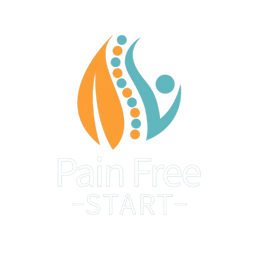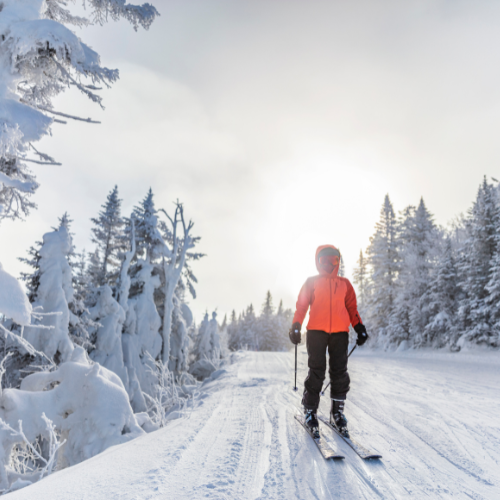Introduction
As winter descends, avid skiers eagerly gear up for thrilling adventures on the slopes. Tens of thousands of skiers and snowboarders hit the slopes each year. But how many of us prepare ourselves for the rigours the sport places on our bodies? To try and ensure a safe and injury-free experience. There are lots of risks when skiing, some we can and some we can’t control. However, they can all be managed to some degree with a bit of thought and preparation. In this comprehensive guide, we’ll explore practical tips and essential advice to help winter enthusiasts prevent common ski injuries and enjoy the snowy season to the fullest.
Gravity and its effects.
Gravity has a big effect pulling us into hills and twisting our limbs. Leading to most injuries being caused by contact or shearing forces. There is nothing we can do about gravity, however, there are several risk factors that increase the risk of injuries on the slopes, so here we go.
1. Are you Ski Fit?
Assess your fitness, body, previous injuries and asymmetry. Do you have pain or weakness? Does your body move as it should? My Pain Free Body Program takes you through a full biomechanical assessment to identify any issues before leading you through a comprehensive program to correct any issues found.
TOP TIP – Struggling with your ARTHRITIC KNEES or BACK PAIN. I have FREE masterclasses for both of these problems designed to empower you whilst learning practical steps to improve your pain. Click to learn more. Hope to see you there.
2. Choose the Right Equipment
Begin your skiing journey with the right gear. Invest in properly fitted boots, well-maintained bindings, and quality skis to provide optimal support and reduce the risk of injuries. This blog on Essential Gear for Injury Prevention might help.
3. Warm-Up Exercises
Prioritise a dynamic warm-up routine before hitting the slopes. Incorporate stretches and exercises targeting key muscle groups, enhancing flexibility, and preparing your body for the physical demands of skiing.
4. Know Your Limits
While the thrill of speeding down the mountain is exhilarating, it’s crucial to know your skill level and adhere to designated trails. Pushing beyond your capabilities significantly increases the risk of accidents and injuries.
5. Master Proper Techniques
Enroll in skiing lessons or seek guidance from experienced instructors to master fundamental techniques. Learning proper posture, turning, and braking can significantly reduce the likelihood of accidents on the slopes.
6. Stay Hydrated and Nourished
Maintaining adequate hydration and nutrition is often overlooked. Skiing demands physical exertion, and staying fueled and hydrated ensures optimal performance and reduces the risk of fatigue-related injuries.
7. Be Mindful of Weather Conditions
Stay informed about weather conditions before heading out. Extreme weather, icy slopes, or poor visibility can contribute to accidents. Check forecasts, dress appropriately, and adjust your skiing plans accordingly.
8. Wear Protective Gear
Equip yourself with appropriate protective gear, including helmets, goggles, and gloves. These items not only enhance safety but also provide comfort and insulation against harsh winter elements.
9. Regular Equipment Checks
Perform regular checks on your skiing equipment to identify any wear or damage. Faulty equipment can lead to accidents, so ensure that bindings are secure, skis are in good condition, and other gear is well-maintained.
10. Stay Aware of Surroundings
Maintain situational awareness on the slopes. Be mindful of fellow skiers, trail signs, and potential hazards. Avoid distractions and focus on the terrain to minimise the risk of collisions and accidents.
Conclusion
By following these comprehensive guidelines, you can safeguard yourself against common ski injuries and embark on a season filled with exhilarating and injury-free experiences. Prioritise safety, stay informed and enjoy the thrill of skiing with confidence. Happy skiing!
Take care, Helen
Helen Manders BSc (Hons) MCSP HCPC
Chartered Physiotherapist Since 2001
P.S. Don’t forget my FREE Masterclasses. Struggling with your ARTHRITIC KNEES or BACK PAIN. I have FREE masterclasses for both of these problems designed to empower you whilst learning practical steps to improve your pain. Click to learn more. Hope to see you there.




